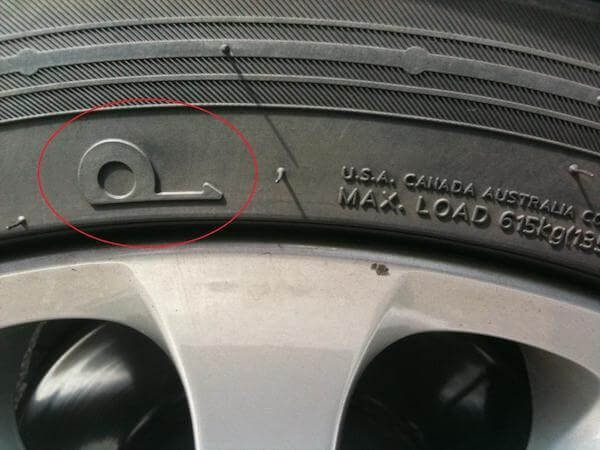In the event of a catastrophic blowout, run-flat tires are engineered to stay on the rim. These tires have a gel layer under the tread surface and are self-sealing. If it breaks, the gel will immediately build a seal around the hole in the debris. They are usually irreversible. The majority of newer vehicles come standard with run-flat tires.
After they’ve been cut or punctured, run-flat tires can be driven “flat” to some extent at a slower speed. You’ll have enough time to get to a mechanic. However, the distance and speed that run-flat tires can travel after being punctured are determined by the tire brand and the vehicle’s current weight.
Inspect the tires for certain codes and marks to identify run-flat tires:
Examine your tiresWith the use of a flashlight, examine the tire’s sidewall. By inspecting the features of your tire, you can usually tell if it is run-flat.
Look for words like “run-flat,” as well as markings and codesSome tires are clearly labeled as “run-flat” on the side of the tire for easy identification. Look for codes like ZP, RFT or ROF (Run-Flat Tire/Run On Flat), SEAL, or marks like a flat tire with an arrow pointing away from it. If necessary, use a magnifying glass to see the symbols. Inspect the rim section of the tire because many run-flat tires feature plastic load-bearing slugs instead of standard rubber rims linked to the wall.
Here are some brands and their codes:
Bridgestone – RFT/ROF/RSC (Run Flat Tires/Run On Flat/Run-Flat System Component)
Continental – SSR (Self-Supporting Run Flat)
Dunlop – DSST (Dunlop Self-Supporting Tire) or DORT (Dunlop Off-Road Tire)
Goodyear – ROF or EMT (Run On Flat/Extended Mobility Technology)
Pirelli–RSC (Run Flat System Component)
Yokohama – ZP (Zero Pressure)
Michelin – ZP or ZPS (Zero Pressure or Zero Pressure System)
Other brands – ZP or ZPS (Zero Pressure or Zero Pressure System)
Here’s another way to tell if your tires are flat:
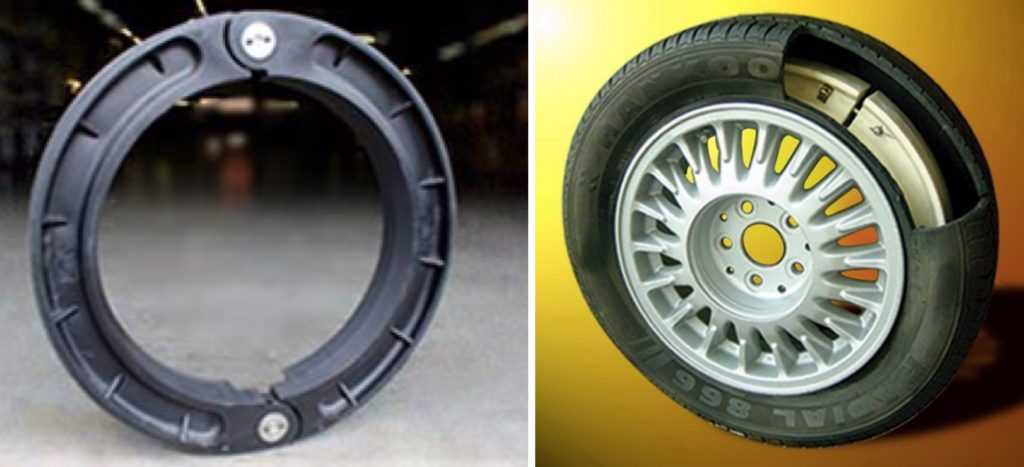 If your tires are run-flat, the manual will explain why. It comes with a Tire Pressure Monitoring System.
If your tires are run-flat, the manual will explain why. It comes with a Tire Pressure Monitoring System.If you’re still not sure, ask your car dealer if the vehicle has run-flat tires.
Though they first appeared in the mid-1980s, run flat tires (RFT) are now more popular than ever.![]() With some auto manufacturers making them standard in new vehicles, more consumers are asking about run flats, their advantages, and how using them impacts driving.
With some auto manufacturers making them standard in new vehicles, more consumers are asking about run flats, their advantages, and how using them impacts driving.
Run flat tires are tires on which you can continue driving after a puncture so you can take time get to an auto shop or find a safe, level area to change your tire.
You can’t drive on them indefinitely, though. Check the manufacturer’s specifications to find out how fast and how far you can drive on your run flat tires. Bridgestone run-flat tires will allow continued operation even after a loss of some or all inflation pressure for up to 50 miles (80 km) at a maximum speed up to 50 mph (80 km/h.)
There are two primary types of run flat tire systems: the self-supporting system and the support ring system.
In most self-supporting run flat tire systems, the tire features reinforced sidewall construction that will continue supporting the vehicle in the event of air loss.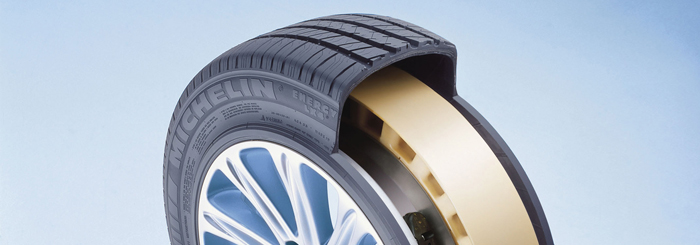 This construction allows continued operation after the loss of air pressure up to the speed and distance specified by the manufacturer.
This construction allows continued operation after the loss of air pressure up to the speed and distance specified by the manufacturer.
Support ring run flat tire systems, on the other hand, employ a ring of hard rubber or another structure that can support the vehicle’s weight in an air loss condition.
Since they continue performing even though they’re “flat,” all run flat tires, regardless of the specific system type, may only be used on a vehicle equipped with a Tire Pressure Monitoring System (TPMS). The TPMS alerts you as soon as one of your tires loses pressure. Without it, you might not know you were driving on an underinflated tire.
You don’t have to change your tire in dangerous or uncomfortable conditions. This is perhaps the biggest benefit of run flat tires and is the one of the reasons why they were designed. With conventional tires, you have to replace a flat on the spot or have your car towed.
In a puncture situation, run flats are more stable than conventional tires. Since they’re made to support your vehicle even when they contain no air, run flat tires will help you maintain better control in a complete air loss situation than conventional tires.
Since they’re made to support your vehicle even when they contain no air, run flat tires will help you maintain better control in a complete air loss situation than conventional tires.
As consumers continue rating safety high on the list of features they look for in a vehicle, the popularity of run flat tires is expected to grow. Since run flat tires work reliably with interconnected technologies like TPMS, it may only be a matter of time before they become the norm rather than the exception in new vehicles.
There’s never a good time for a flat. That’s why Bridgestone DriveGuard tires are masterfully engineered to keep you moving for up to 50 miles at speeds up to 50 MPH without disruption.
See Details Find Your Fit
There’s never a good time for a flat. That’s why Bridgestone DriveGuard tires are masterfully engineered to keep you moving for up to 50 miles at speeds up to 50 MPH without disruption.
That’s why Bridgestone DriveGuard tires are masterfully engineered to keep you moving for up to 50 miles at speeds up to 50 MPH without disruption.
How to find out on the go that a tire has been punctured
Nokian Tires It is important to stop in time so as not to completely ruin the tire and disc. But sometimes it’s not easy to notice such a nuisance - how do you know that a wheel has been pierced?The comfort of most modern cars plays a cruel joke on us with some malfunctions. Highly effective noise and vibration isolation, amplifiers and servos on the controls often “do not allow” the driver to receive signals that are sent to him by problem nodes. To a large extent this concerns problems with the wheels.
If you drive a couple of hundred meters on a completely flat tire at speed, the tire will almost certainly have to be thrown away.
True, well-equipped vehicles have a TPMS (tire pressure monitoring system), which raises an alarm when the pressure drops or the temperature rises in the tire(s).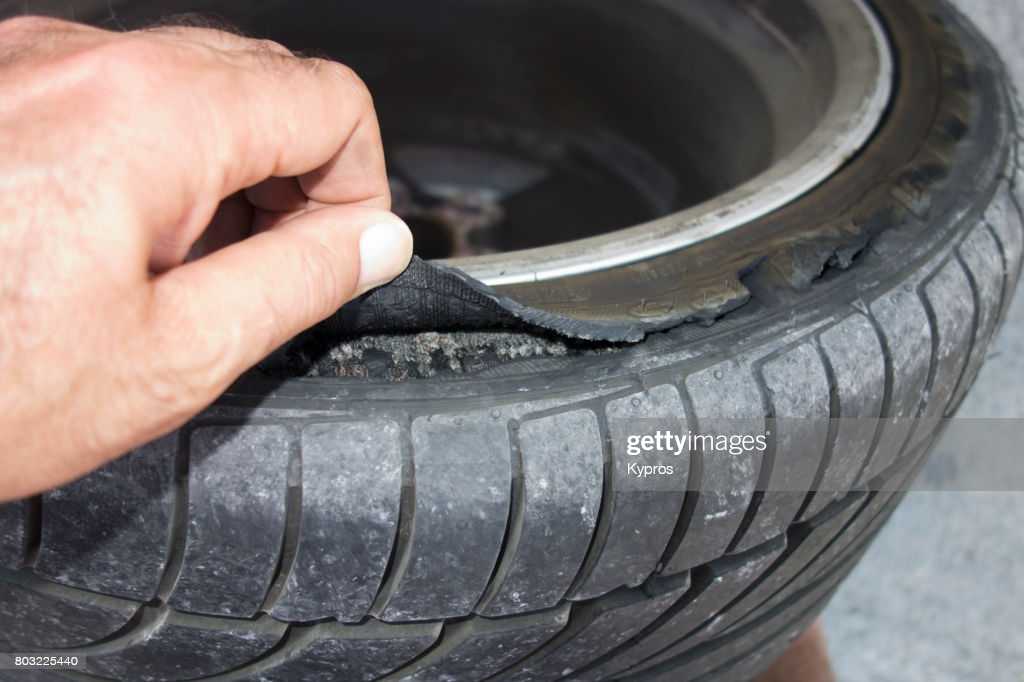 But for most Ukrainian motorists, such electronics are not yet available.
But for most Ukrainian motorists, such electronics are not yet available.
See also: Why tires are flat all the time: reasons and what to do
The typical signs of a flat tire have been known for a long time, but, alas, they "work" differently on different cars, different roads, with different tire models and even with different passenger compartment loads. And yet, these are the symptoms.
A half-flat tire is harder to see on the move, but such a ride ruins the tire, even if the road is flat: rubber and carcass suffer from overheating.
See also: How to choose wheel covers
Fortunately, modern tires do not start to lose air out of the blue. If they are not worn to the threads, then they are not afraid of sharp pebbles on the pavement, or dry branches on country roads. Therefore, you need to especially listen to the tires first of all after driving over obviously dangerous obstacles - boards with nails, scattered garbage, scrap metal lost by someone, etc.
If they are not worn to the threads, then they are not afraid of sharp pebbles on the pavement, or dry branches on country roads. Therefore, you need to especially listen to the tires first of all after driving over obviously dangerous obstacles - boards with nails, scattered garbage, scrap metal lost by someone, etc.
The TMPS kit can be purchased and installed on any car, the main thing is to choose a product of the highest quality.
And of course, after a serious hit in an asphalt pothole or hitting a curb with a wheel, you need to stop and evaluate the condition of the tire and rim. At the same time, keep in mind that with some types of damage, air does not escape from the tire immediately, but within a few minutes. If you often have to drive on rough roads, at least install an inexpensive TPMS kit on your car - these are sold in abundance in stores and on related sites.
Loud music in the cabin has been the cause of big and small troubles in thousands and thousands of cases: from chewed tires to shreds and "rattling" engines to brutal accidents due to someone's unheard horn. When driving on bad roads, try to listen to the operation of the machine, its sounds and behavior. Well, if music is dearer to you than the safety of the car (this also happens), take two spares with you. A do-it-yourself TPMS system is also a good option, but electronics will not replace the spare tire.
When driving on bad roads, try to listen to the operation of the machine, its sounds and behavior. Well, if music is dearer to you than the safety of the car (this also happens), take two spares with you. A do-it-yourself TPMS system is also a good option, but electronics will not replace the spare tire.
See also: What is the difference between premium tires and budget
A flat tire affects many motorists throughout the life of their car. This can happen after an impact, due to poor tire pressure, or due to a foreign object. It can be a fast puncture that is easy to notice, or, conversely, a slow puncture that is sometimes difficult to notice.
La puncture This is a disease that can affect any tire: a car tire, of course, but also a bicycle, for example. A puncture is determined by the wear on a tire, usually a punctured one, which then deflates.
But in fact, there are different types and causes of punctures, including:
We must also distinguish fast puncture, as it is due to shock, from what is called slow puncture . This is characterized by slow deflation, which is sometimes difficult to notice. In fact, loss of tire pressure while driving is normal (approximately 0.1 bar per month).
But a larger loss of pressure should alert you. Therefore, we recommend checking the tire pressure once a month.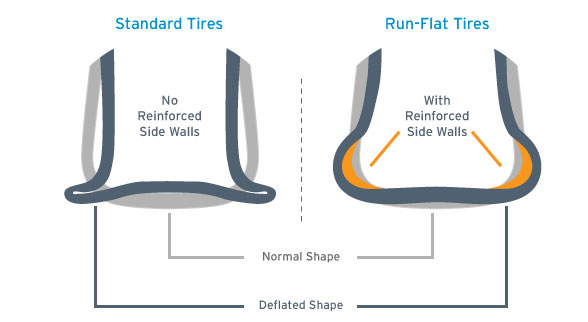
When a puncture occurs suddenly, it is usually hard to miss. Whether it's a curb crash or a tire explosion on the highway, you can't miss it. However, sometimes finding a slow puncture can be more difficult.
Every month your tires lose about 0.1 bar pressure. If you notice a significant and persistent loss of pressure, it could be a puncture. If it is installed in your vehicle, Tire pressure warning light may come on, signaling a problem.
Start by repeating the pressure and see if the fall continues. Once this is confirmed, inspect the tire (sidewall and tread) for any foreign objects that may have pierced it: a screw, a nail, various debris.
If this does not help, pour soapy water or leak detection fluid on the tire and look for bubbles indicating air escape.
A puncture immobilizes the vehicle, especially if it is a quick puncture that will immediately deflate the tire. In order not to call a tow truck and not give yourself time to go to the garage, the tire can be repaired, depending on the nature of the puncture, or the wheel can be replaced.
In order not to call a tow truck and not give yourself time to go to the garage, the tire can be repaired, depending on the nature of the puncture, or the wheel can be replaced.
Material:
In the event of a puncture, the most obvious solution is of course to replace the punctured tire. Sometimes you have no other choice: a puncture cannot always be fixed. To change a tire to spare wheel or wafer , start by loosening the wheel nuts.
Then jack up the vehicle with the jack supplied with the spare wheel and finish removing the nuts. Then remove the wheel to replace it. However, be careful if it's a pancake: don't exceed 80 km/h and quickly replace it with a real tire.
Then remove the wheel to replace it. However, be careful if it's a pancake: don't exceed 80 km/h and quickly replace it with a real tire.
If it is a tubeless tire and the puncture is small and on the tread, Tire Sealant can be repaired. If the gap is too large or located on the sidewall, you will have no choice but to replace the wheel.
To repair a puncture, remove the valve from the tire and place tire sealant on the nozzle. Pour it completely out of the tire and drive a few kilometers to ensure that the product is well distributed on the inside of the tire. Please note: Tire sealant is only a temporary solution.
Finally, there are puncture repair kits that can consist of Highlights , Plaster or Compressor and Blockage .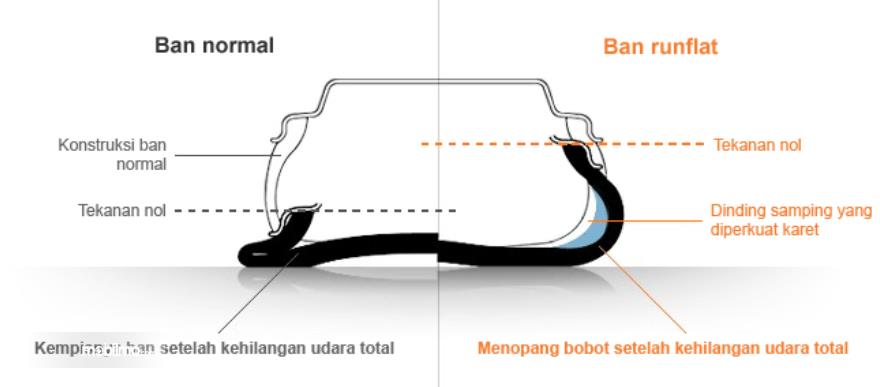 Like tire sealant, these kits are temporary fixes that will get you repaired by the time you get to the garage to change your tire.
Like tire sealant, these kits are temporary fixes that will get you repaired by the time you get to the garage to change your tire.
Some punctures can be repaired: in this case, it is not necessary to immediately change the tire. Depending on whether you have to remove the wheel for repair, calculate the cost of From 20 to 30 € about. This price includes tire balancing.
If the puncture cannot be repaired, the tire will need to be replaced. But be careful: the difference in wear between two tires on the same axle cannot exceed 5mm . In other words, both tires may need to be replaced.
The price of a tire depends on the brand, size and category (summer / winter). Count From 30 to 60 € for a tire. Add to that the cost of assembly and balancing (approximately 15 € per tyre) and possibly rims.